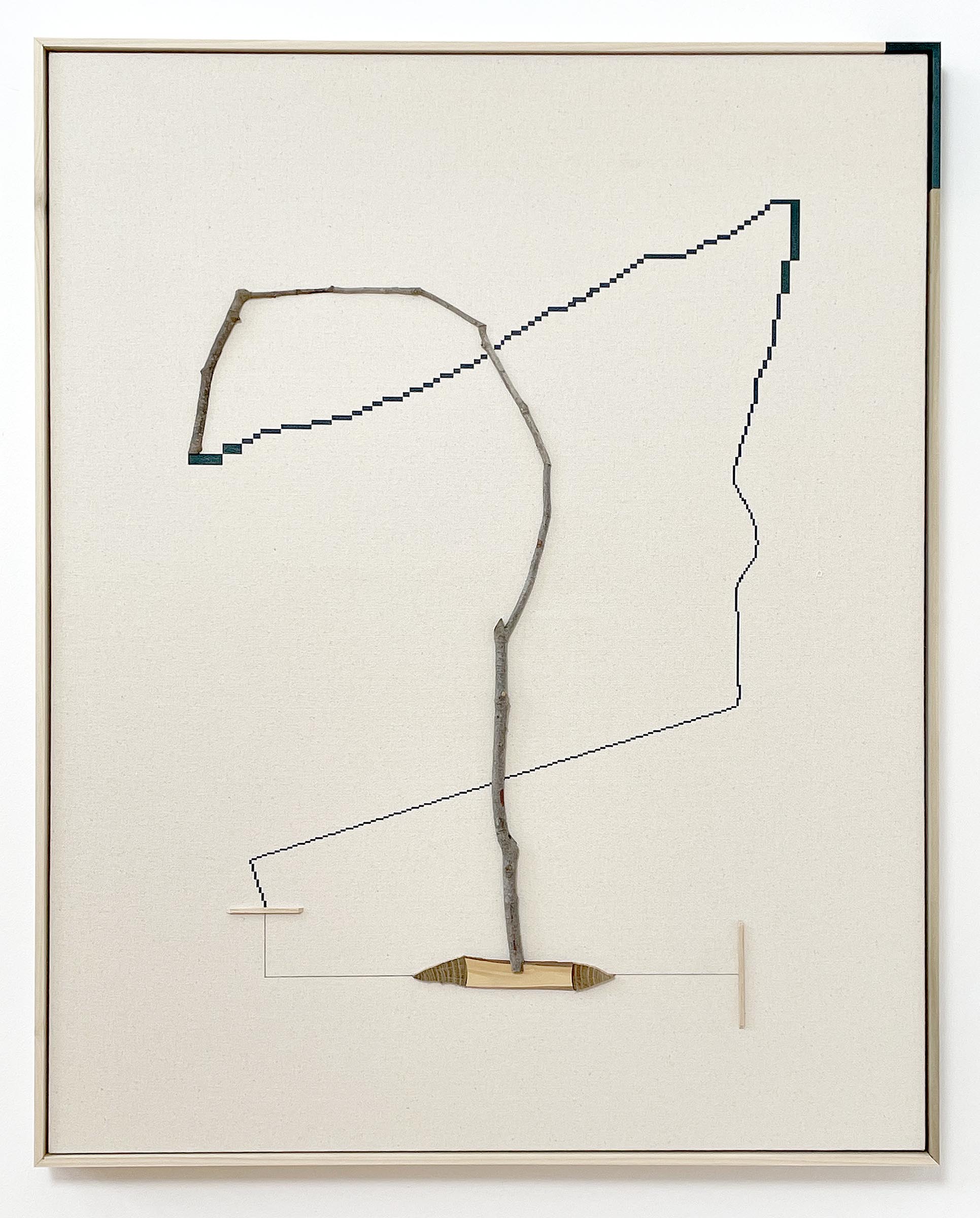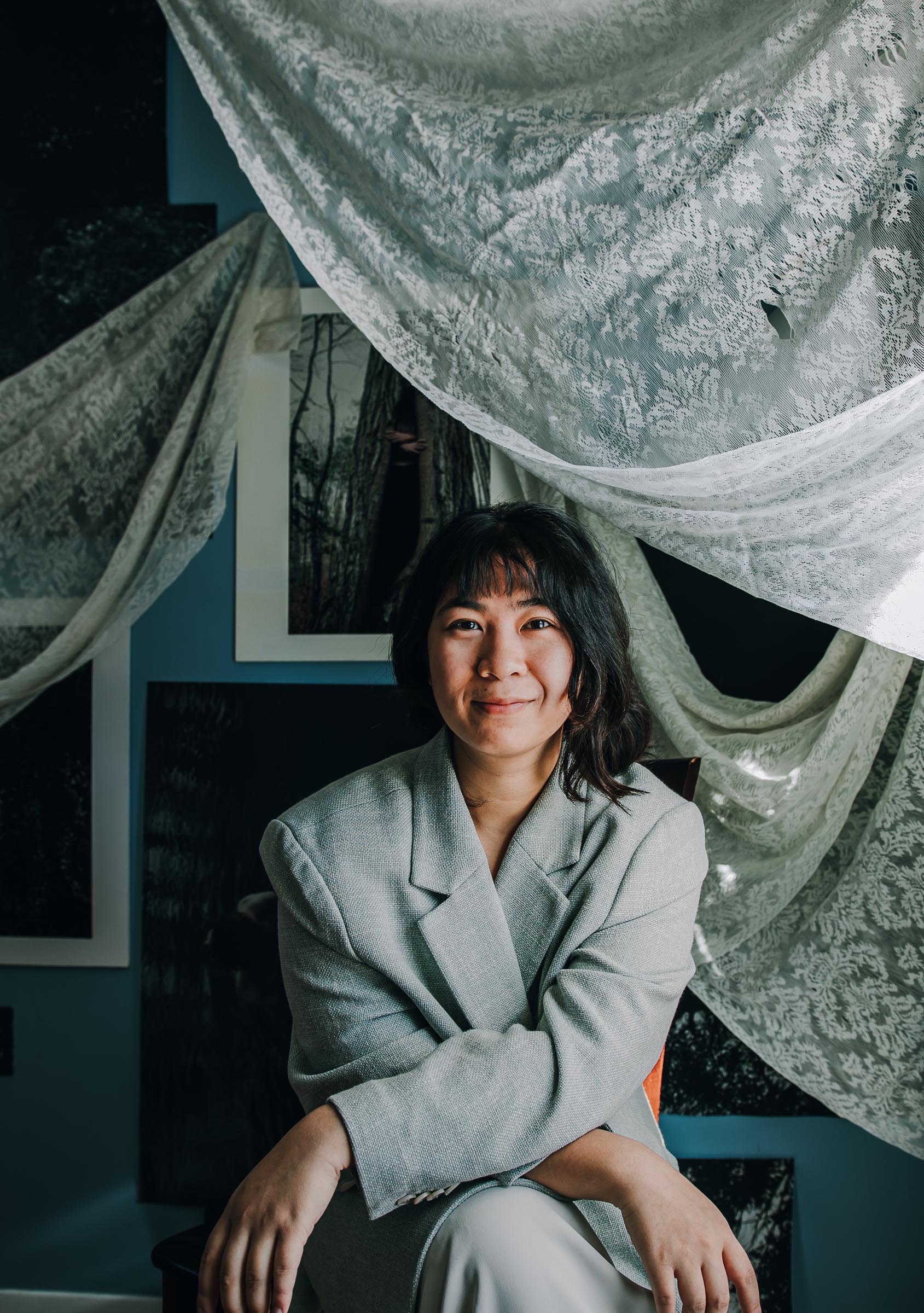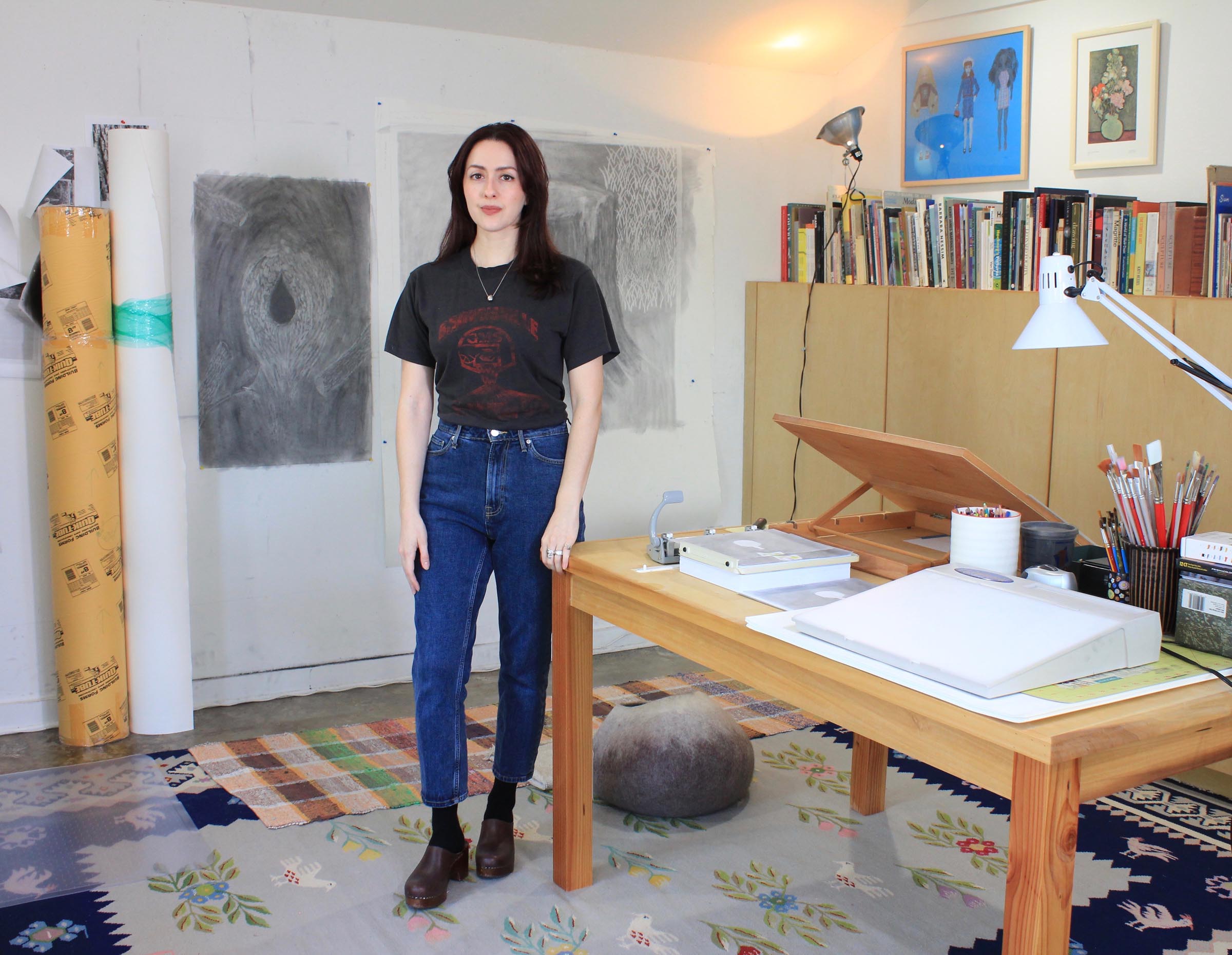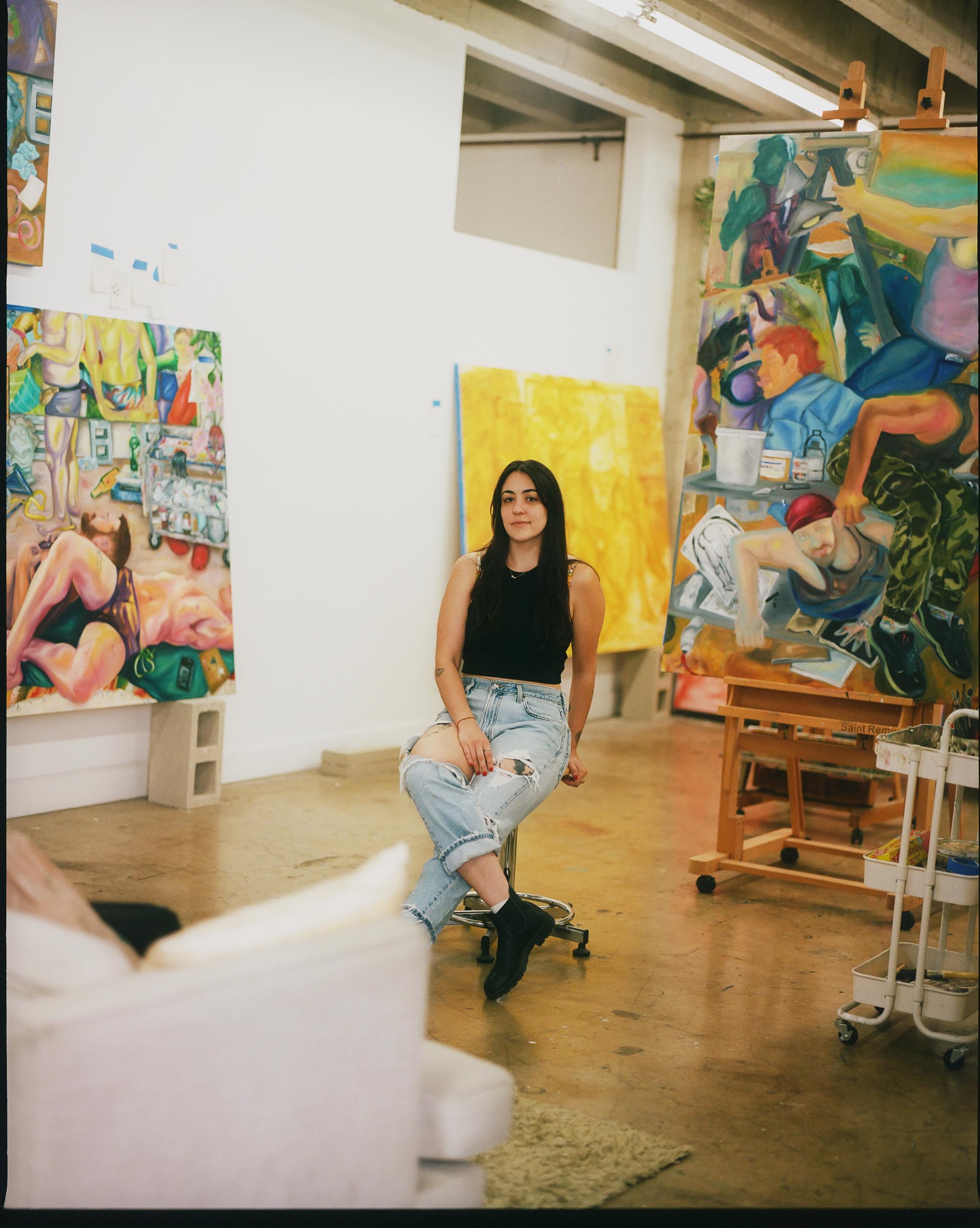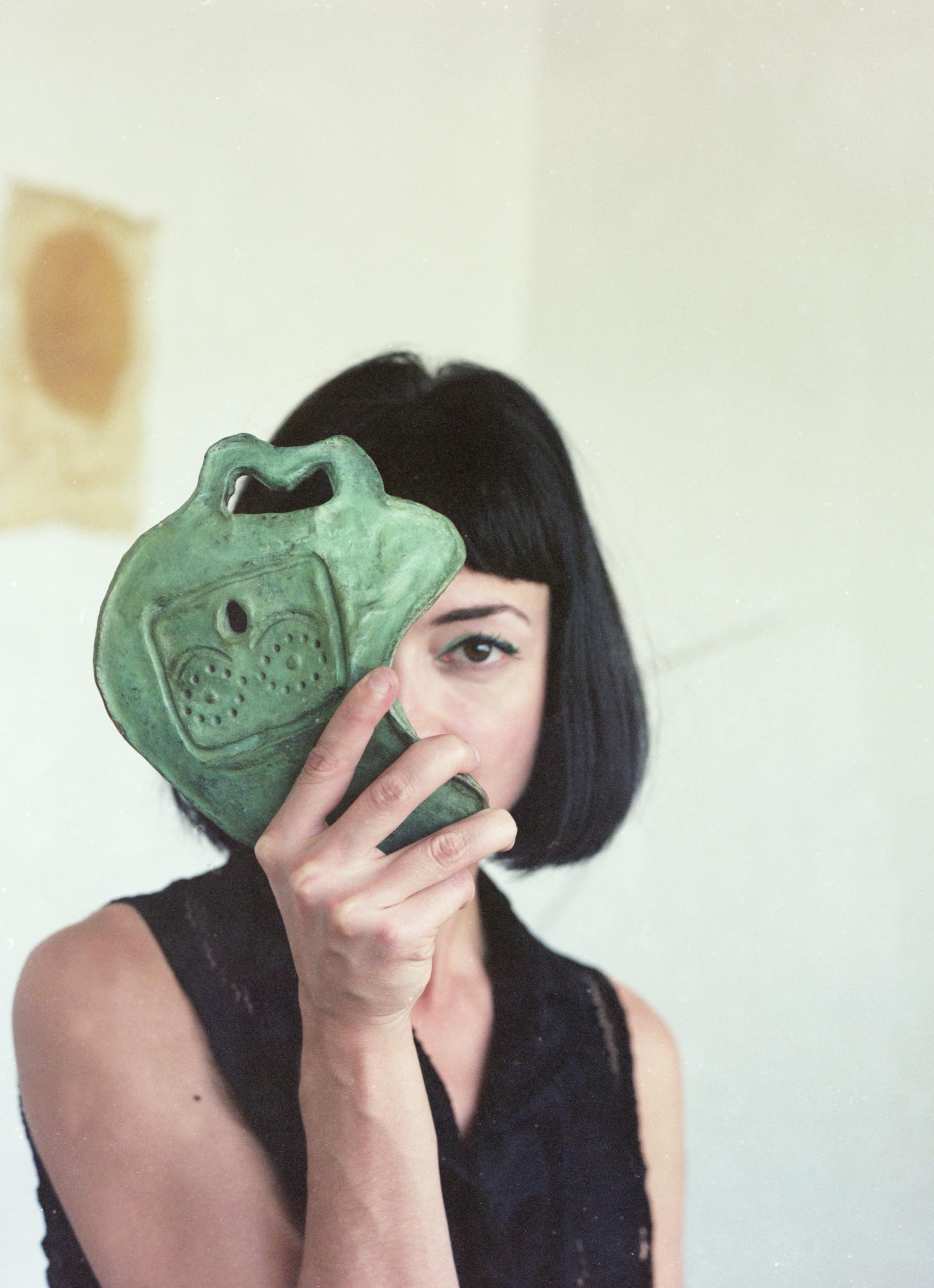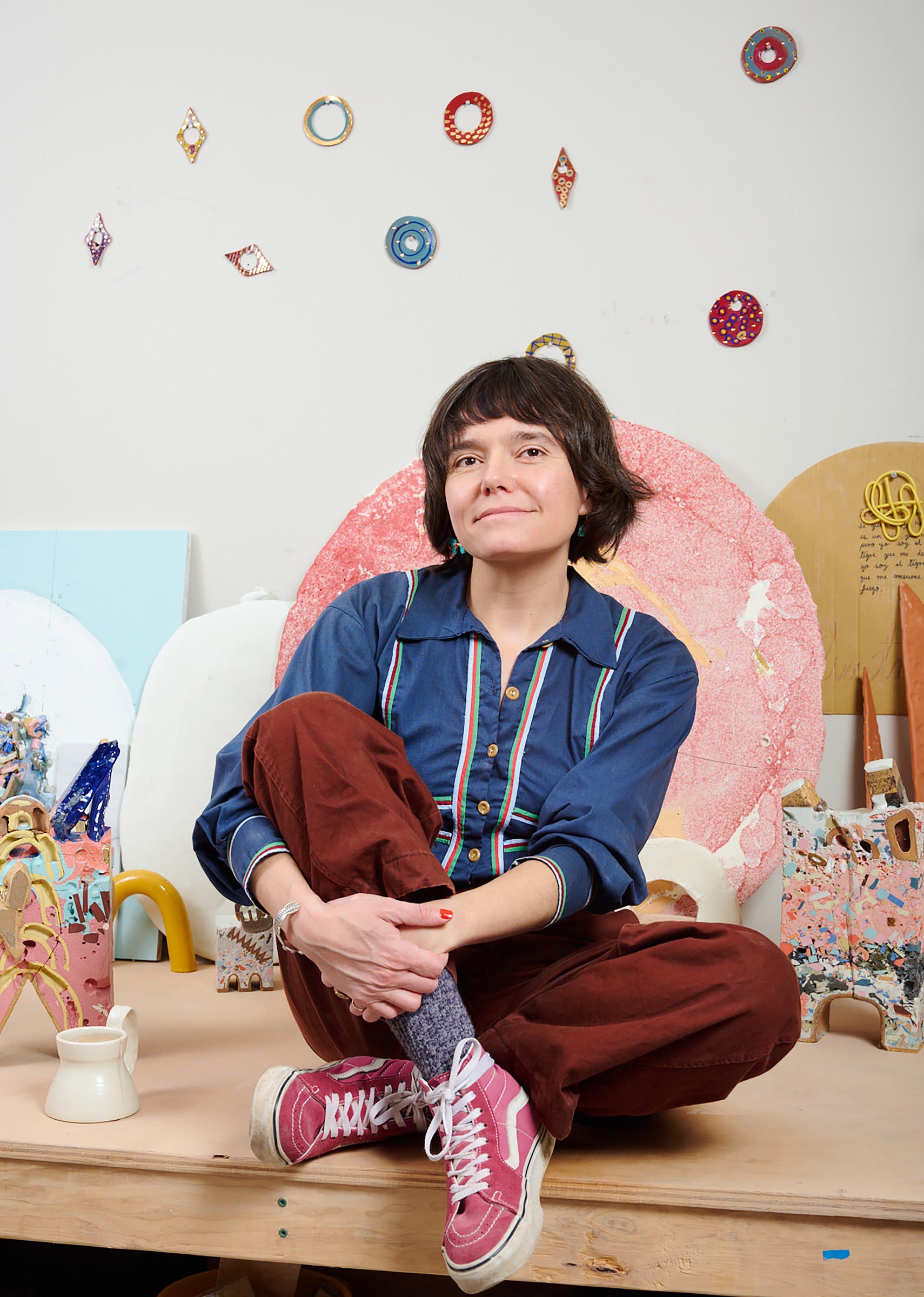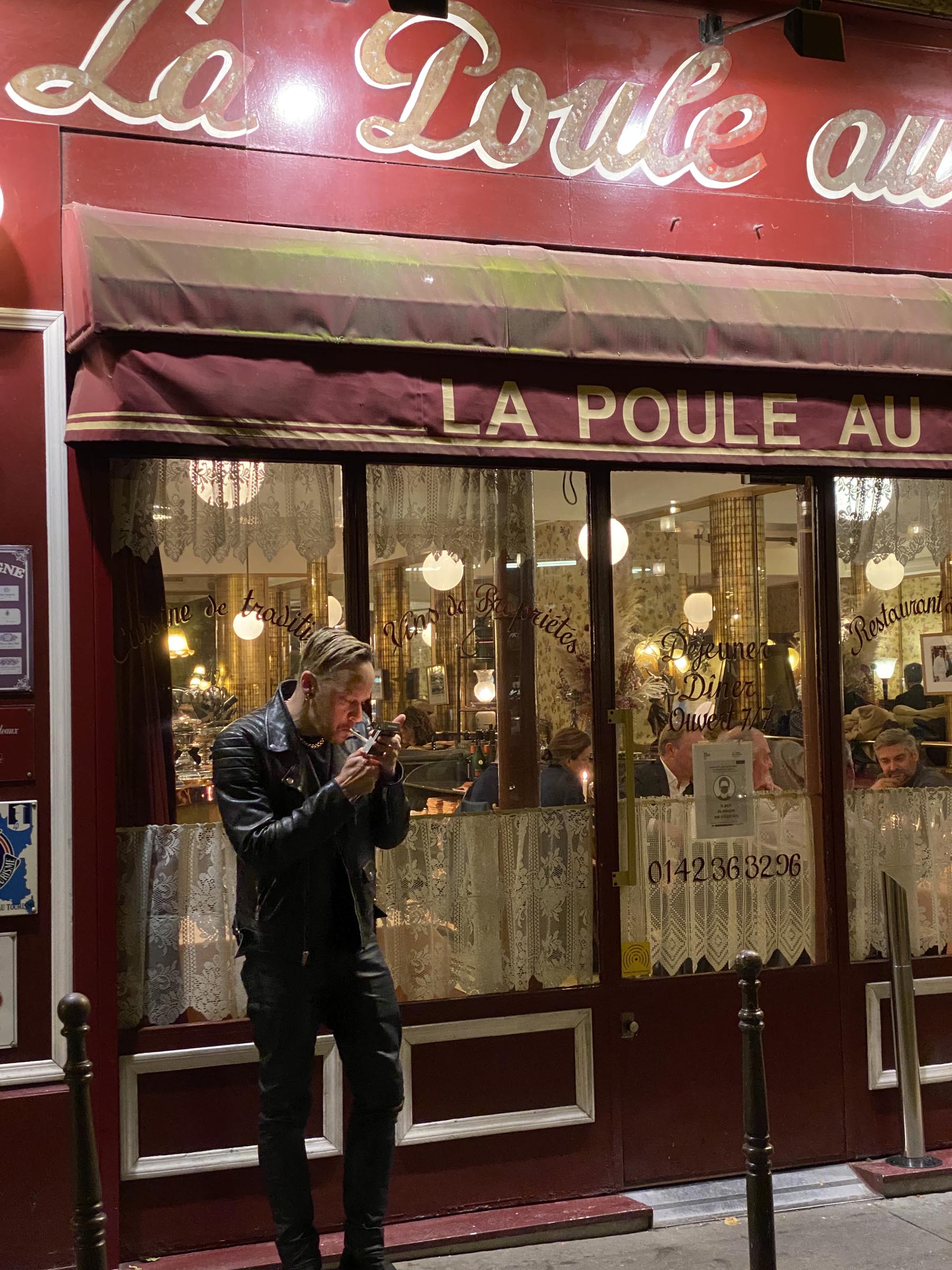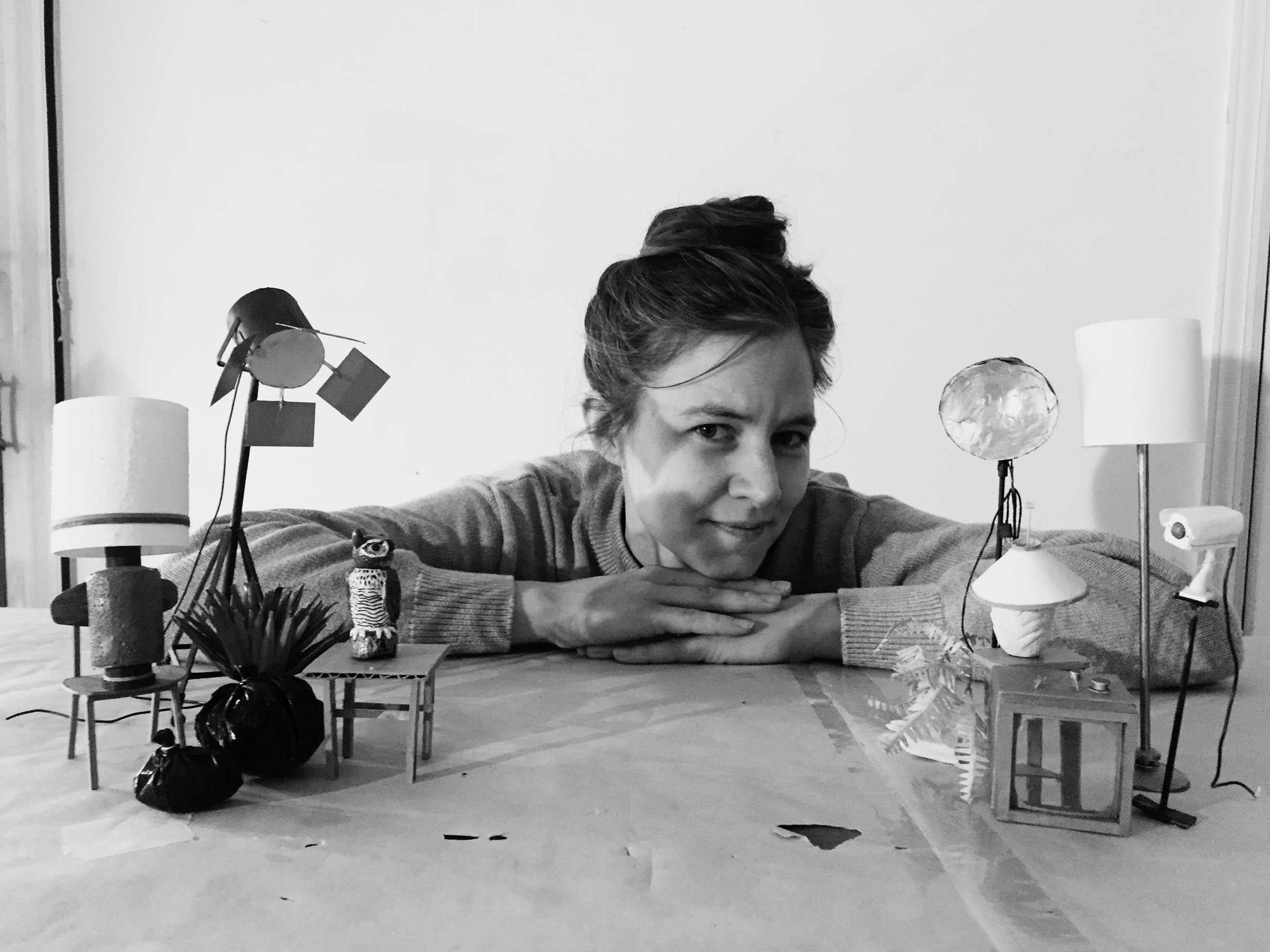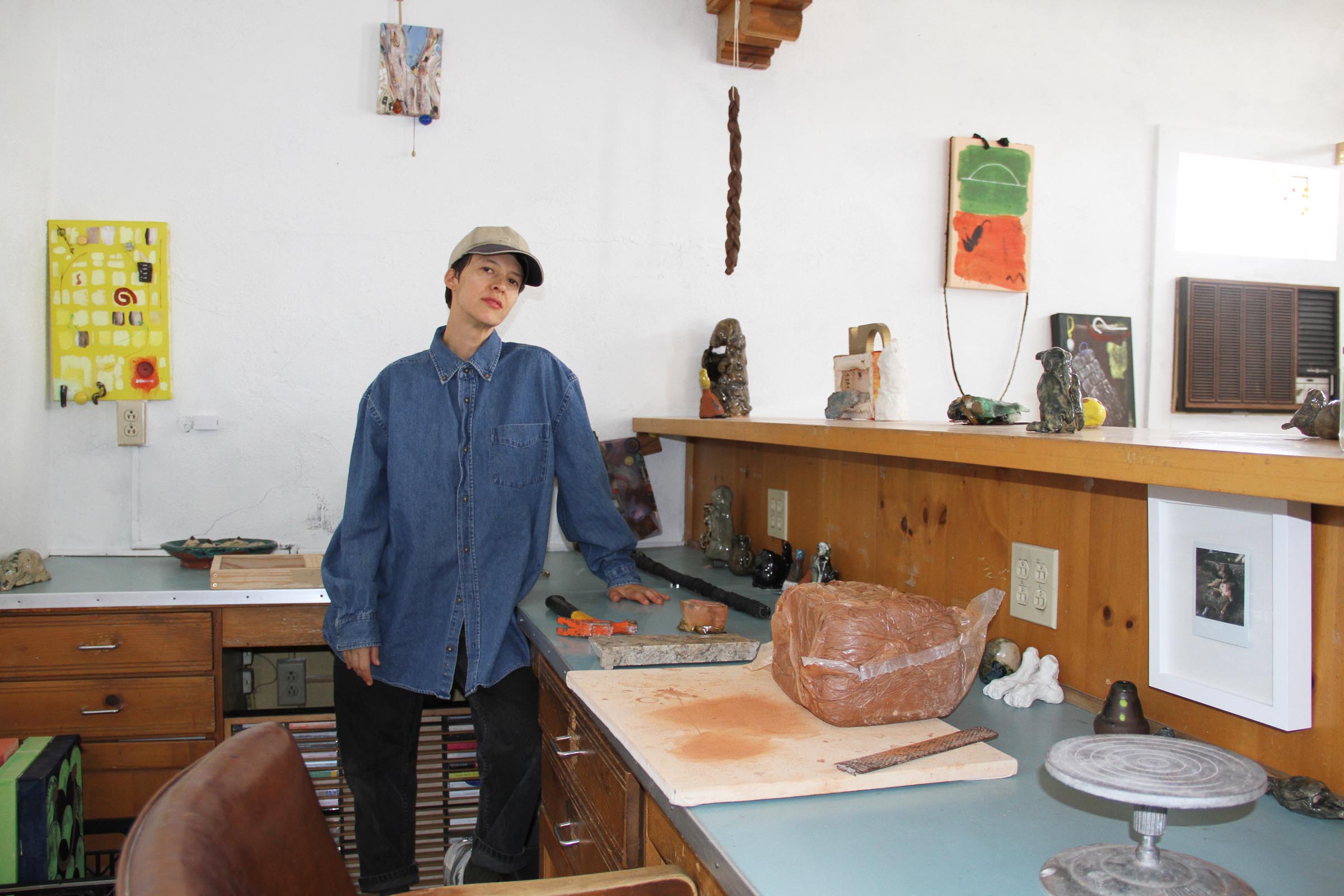
How did you get into making art?
Drawing as a kid, I offered my services as a cartoonist to the high school yearbook and newspaper, and developed somewhat of an identity as being “creative”.
When I arrived at the Maryland Institute, College of Art, I thought I would go into Illustration. Upon taking some initial courses, I very quickly learned how subpar my drawing skills were compared to my classmates, and it was quite humbling. After participating in an Intro to Typography course, I soon fell in love, and found my calling. I subsequently switched to a graphic design major.
Fast-forward several years, and my earliest “art-making” experiences can be traced back to my time at Cranbrook as an MFA design candidate. Cranbrook’s studio-intensive program encouraged the exploration and interpretation of graphic design as a form of “art”; of blurring the traditional lines between what art and design could, or should be.
To this day, I maintain a practice of employing design as a critical component to the work I create.

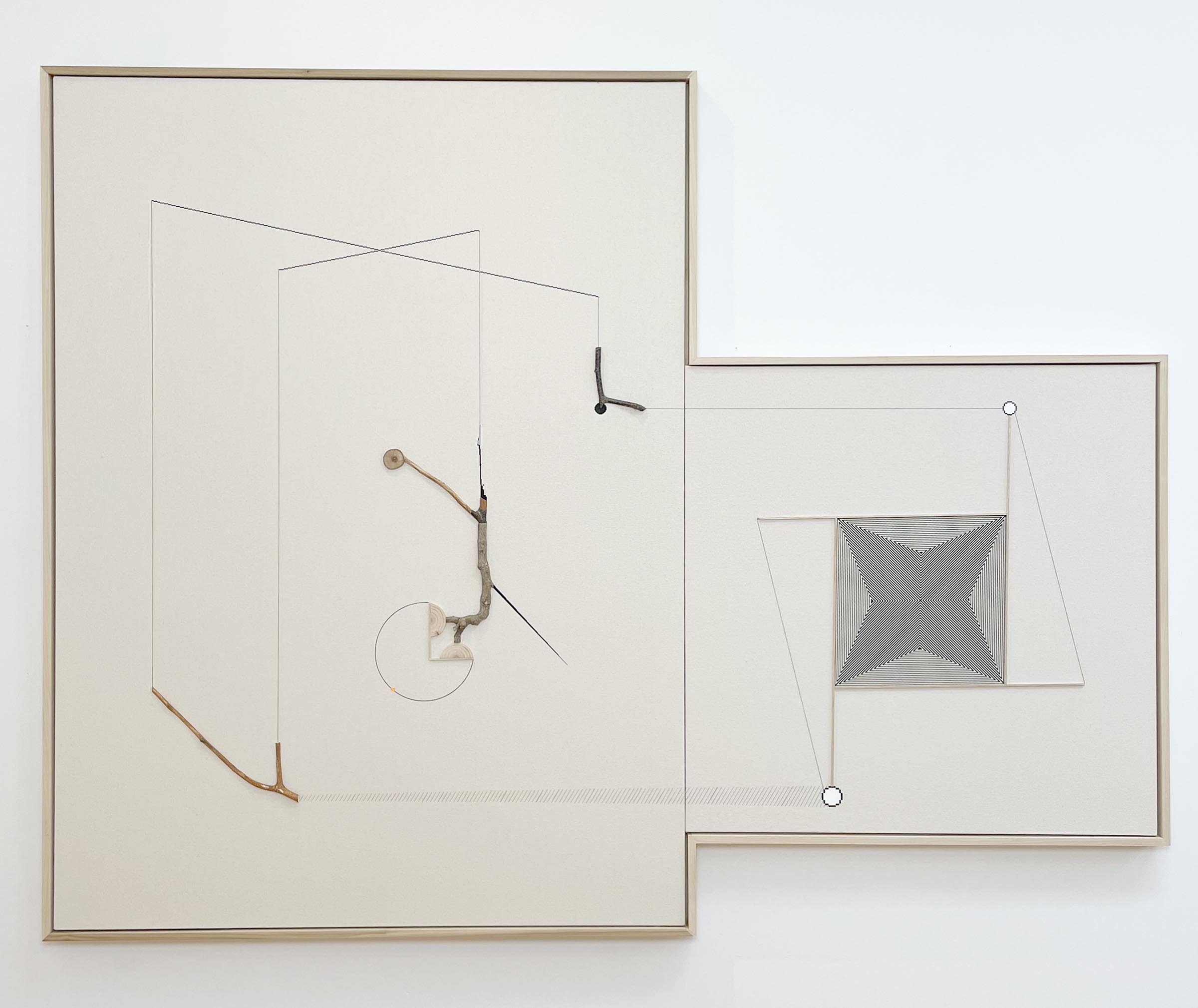
What are you currently working on?
I’m working on pieces that focus on form and materiality through the use of acrylic paint, thread, and wood. As I mentioned earlier, I don’t have much confidence in my ability to translate line and shape to a surface, via brush or pencil. I have learned to use other tools that have removed my “hand” from the work and allowed me to focus on what’s most important to me: composition, form, and materiality. In my work, line and shape are both mediated through technology(the computer) and nature(found wood), and to a certain extent, dictated by both as well. I also maintain an affinity for the grid, that has led me to explore ways in which I can adopt and subvert it concurrently.
I’m working on pieces that focus on form and materiality through the use of acrylic paint, thread, and wood.
Ned Snider

What inspired you to get started on this body of work?
Up until 2019, my studio practice had focused squarely on work with a conceptual bent. For the better part of a decade, I was making paintings, prints, and sculpture that mostly utilized typography as the primary driver behind the work. I began to feel fatigued by the monotony of problem-solving-out a conceptual piece. Applying maximum effort to convey a specific idea or concept to the viewer using language and symbols, ultimately left me feeling listless.
I recognized that a sea change in my practice needed to occur and committing to that change was imperative. Still employing modalities of design but also gravitating towards craft, I turned to abstraction as a means of production. I began finding that this new work was challenging me in ways that my earlier work had not.
I guess it’s possible to surmise that fatigue from my earlier work offered me the permission and inspiration to end up where I am now.


Do you work on distinct projects or do you take a broader approach to your practice?
It took me almost a decade, but I realized that working on distinct projects was bringing me down. It was stultifying to my progress and growth as an artist and human being. I now find working “horizontally”, meaning having a center and then branching out to try and find a “truth” to that center, is the mode which I find the most rewarding.
What’s a typical day like in your studio?
I’m up at 6am and after dropping our daughter off at school, I’m able to secure 6-8 hours of (generally) uninterrupted work. A third of my time in the studio is spent orchestrating pieces on the computer, while the other two-thirds is used to bring those compositions to fruition. The actual, physical work includes preparing surfaces, laying down paint, manipulating various wood pieces using hand and power tools, and building frames for the work.
Who are your favorite artists?
Here are just a couple of whom I’ve admired…
The whimsy and irreverence of Laura Owens; the honesty and immediacy of Thaddeus Mosley; the courage and devotion of Agnes Martin; the technical and conceptual aptitude of Giuseppe Penone; the resourcefulness of Ruth Wolf-Rehfeldt; the quiet sublimity of Robert Ryman, and the facility and production of Sanou Oumar.
Where do you go to discover new artists?
The usual suspects: galleries, museums, books, mags, the information superhighway.
Learn more about the artist by visiting the following links:











